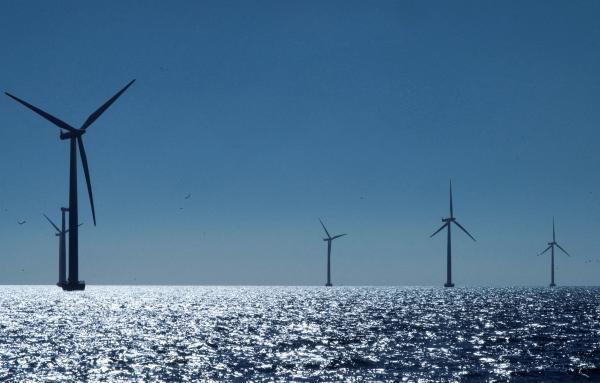LONDON, Oct 9 — Renewable energy sources are set to meet nearly half of all electricity demand by the end of the decade, but will fall short of a United Nations goal to triple capacity to reduce carbon emissions, an International Energy Agency (IEA) report showed today.
The world is set to add more than 5,500GW of renewable energy capacity between now and 2030, almost three times the increase between 2017 and 2023, the IEA Renewables 2024 report said.
It said the increase is equivalent to the current power capacity of China, the European Union, India and the United States combined, but not enough to meet the target set at COP28.
For the world to triple capacity, governments need to intensify efforts to integrate renewables into power grids.
This requires the building and modernising of 25 million km of electricity grids and 1,500GW of storage capacity by 2030, the IEA said.
Solar photovoltaic is set to account for 80 per cent of the growth in renewable energy capacity by 2030. The wind sector is also forecast to recover and double its rate of expansion to 2030 compared with 2017 to 2023.
Global solar manufacturing capacity is expected to be more than 1,100GW by year-end, more than double the estimated demand by then. This supply glut has helped to cheapen solar module prices but also means many manufacturers are experiencing large financial losses, the report added.
While the UN target is a challenge, national governments are hitting their goals, with 70 countries, accounting for 80 per cent of global renewable power capacity, estimated to reach or surpass their renewable energy targets for 2030.
“Renewables are moving faster than national governments can set targets for,” IEA executive director Fatih Birol said.
“This is mainly driven not just by efforts to lower emissions or boost energy security; it is increasingly because renewables today offer the cheapest option to add new power plants in almost all countries around the world.”
— Reuters




